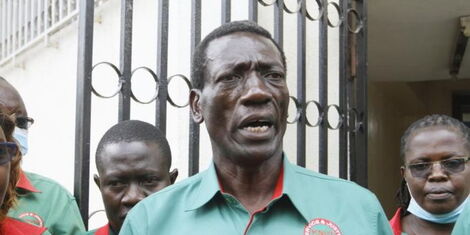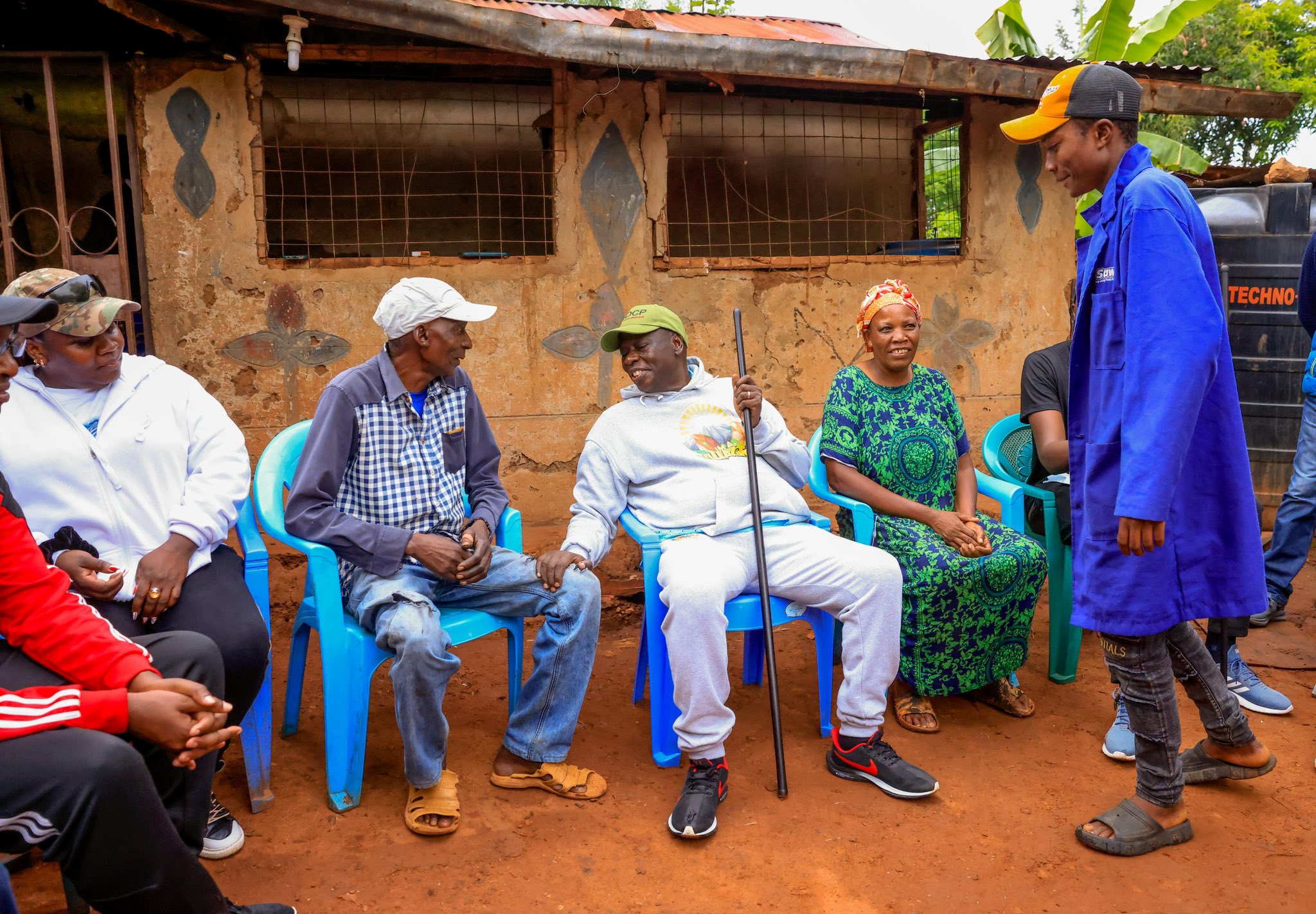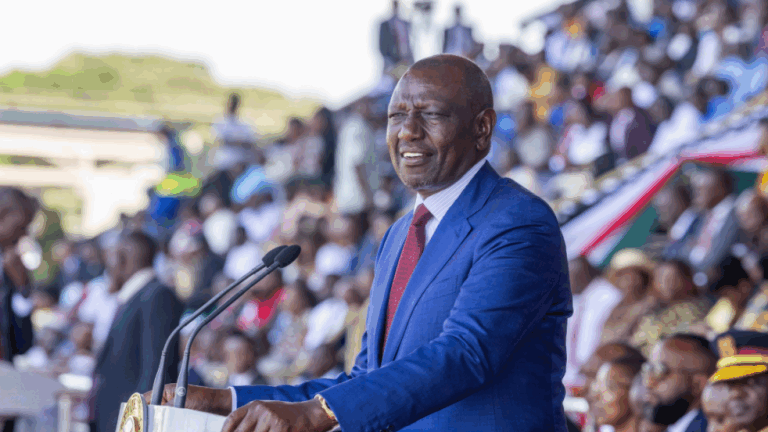
Kenya’s affordable housing agenda has been thrown into sharp scrutiny after new data revealed a striking gap between the billions collected through the housing levy and the number of completed housing units.
Despite raising KSh 73.2 billion for the programme, only 1,795 affordable homes have been delivered so far, sparking questions over efficiency, accountability, and the overall pace of the project.The figure marks one of the lowest delivery rates since the rollout of the scheme, which was introduced to ease the country’s housing deficit.
While the levy has significantly outperformed its revenue targets, the number of completed units has remained far below national expectations, igniting fresh criticism from stakeholders.According to internal assessments within the programme, only three housing projects were fully completed within the current reporting period.
These included units in Nairobi, Homa Bay, and Nakuru, bringing the total completed homes to less than two thousand. The government had projected far higher output under the initiative, which aims to deliver hundreds of thousands of homes each year.
Concerns have now shifted toward the use of collected funds. A substantial portion of the housing levy revenue is yet to be channelled directly into construction, raising fears that the money may be sitting idle instead of driving rapid housing development.
Critics argue that the delay in deploying these funds is slowing down progress, despite the strong financial backing from taxpayers.The slow rate of delivery has triggered calls for increased transparency in how the money is handled.
Experts warn that if the gap between revenue and completed houses continues to widen, public trust in the programme could weaken, especially among salaried workers whose monthly deductions fund the scheme.For many Kenyans hoping to qualify for affordable units, the latest developments are worrying.
The scheme was designed to fast-track homeownership for low- and middle-income earners, but the sluggish progress now casts doubt on whether the programme can meet its long-term goals.
With pressure mounting and public expectations rising, the government faces a critical moment. The coming months will determine whether the programme can accelerate construction, improve accountability, and regain the confidence of millions of contributors.
For now, the gap between money raised and homes delivered remains one of the starkest tests of Kenya’s affordable housing vision.






